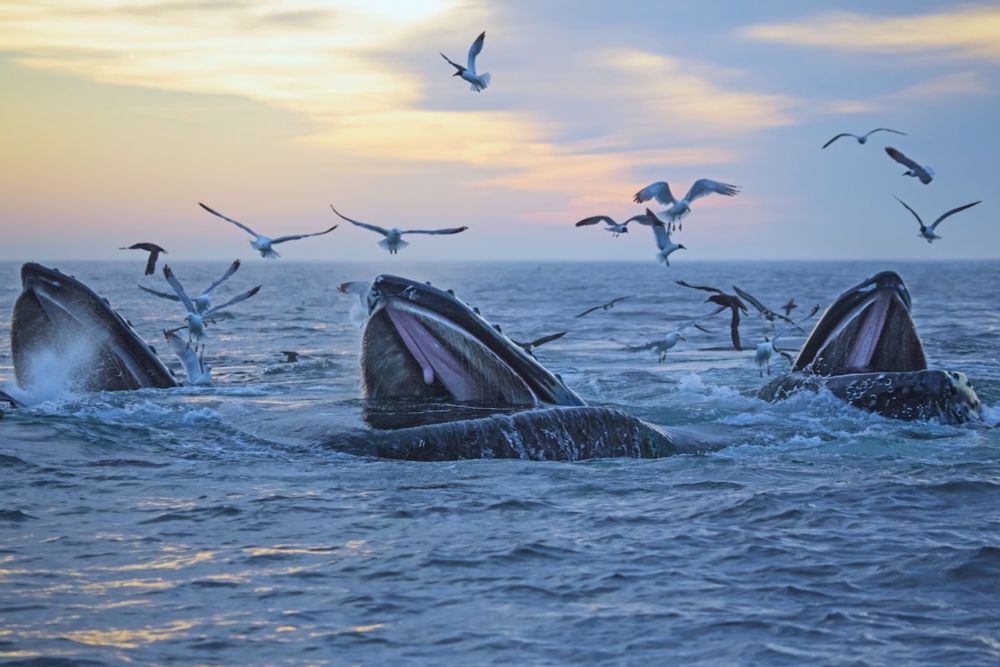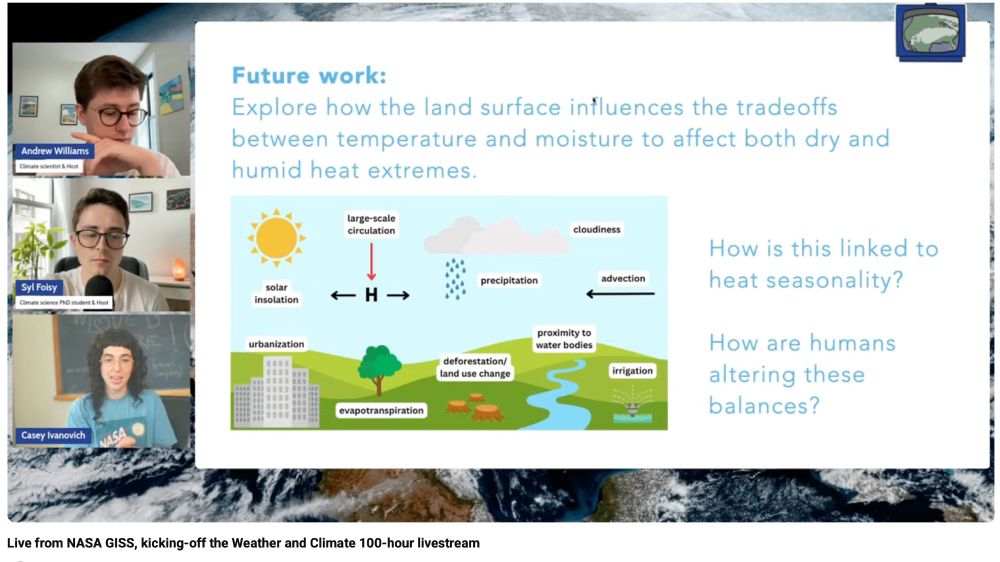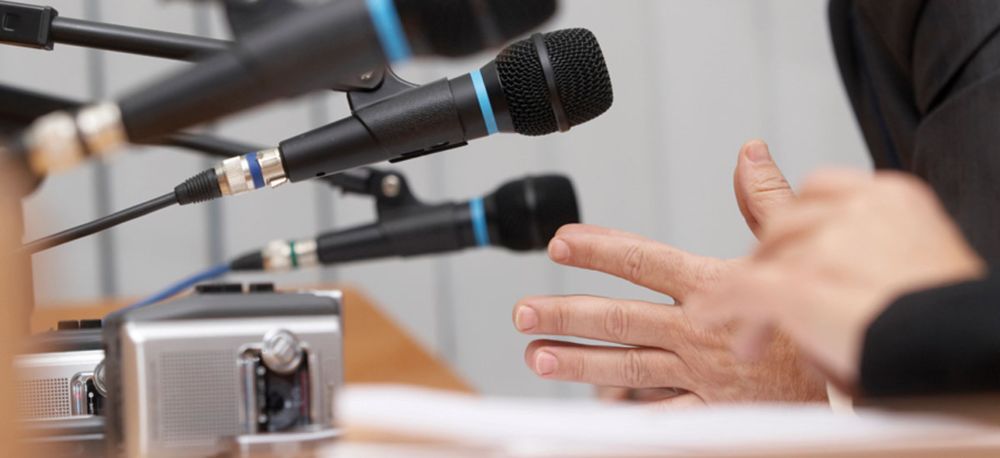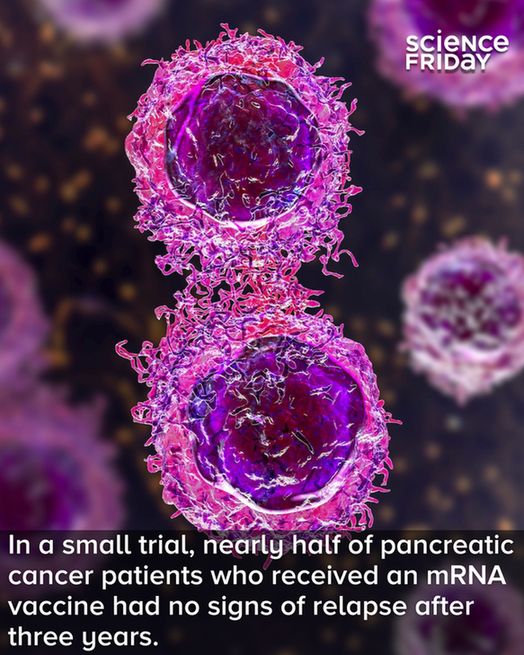










nam04.safelinks.protection.outlook.com?url=https%3A...

nam04.safelinks.protection.outlook.com?url=https%3A...

In today’s episode, we talk with a scientist who is fighting the cancer with an mRNA vaccine.
Listen here 🎧:
https://buff.ly/3ES4ndw

In today’s episode, we talk with a scientist who is fighting the cancer with an mRNA vaccine.
Listen here 🎧:
https://buff.ly/3ES4ndw
What are your favourite "cold words"?
The book is aimed at researchers, professionals & word nerds. Find it in book stores & libraries from April.


